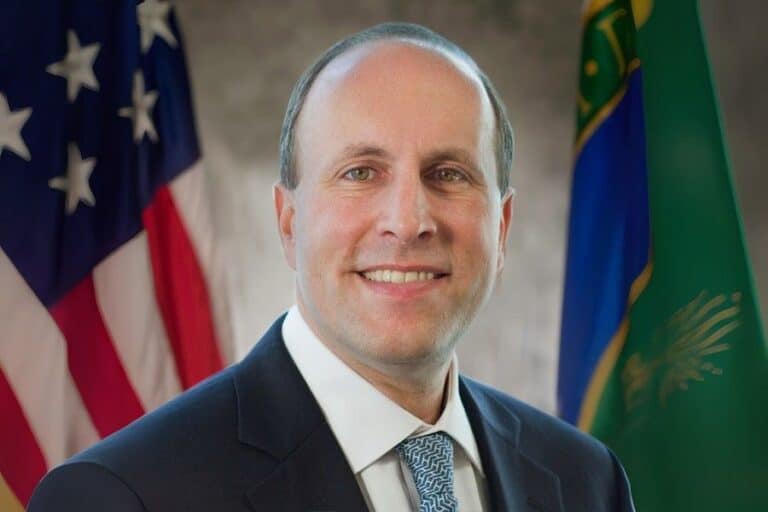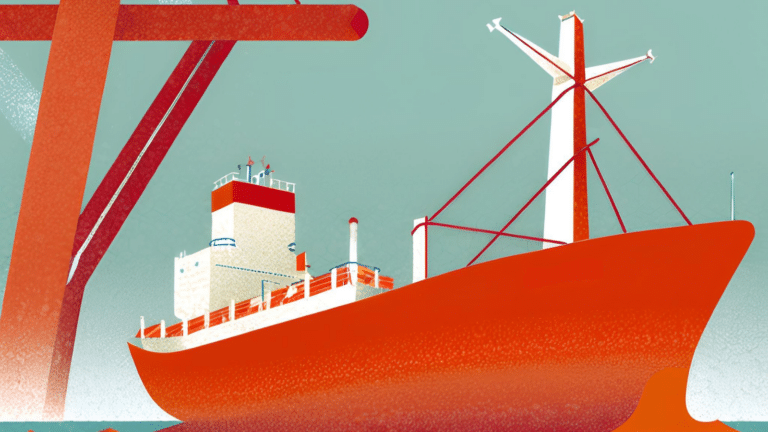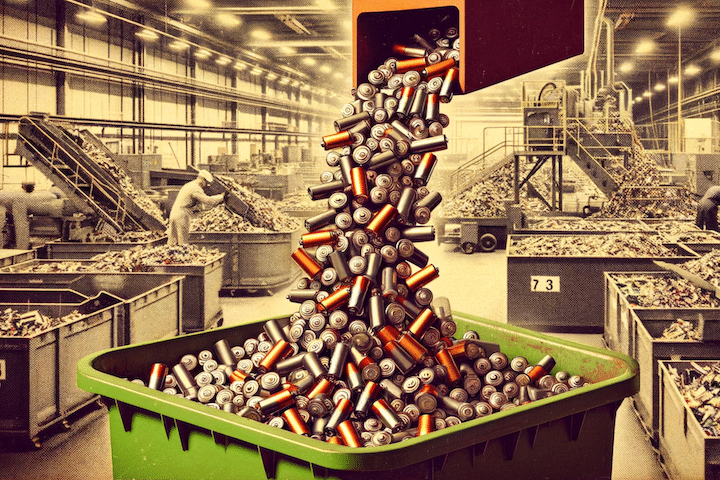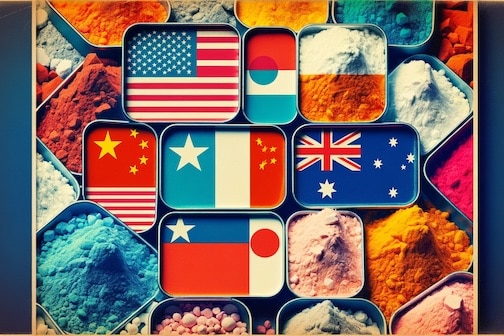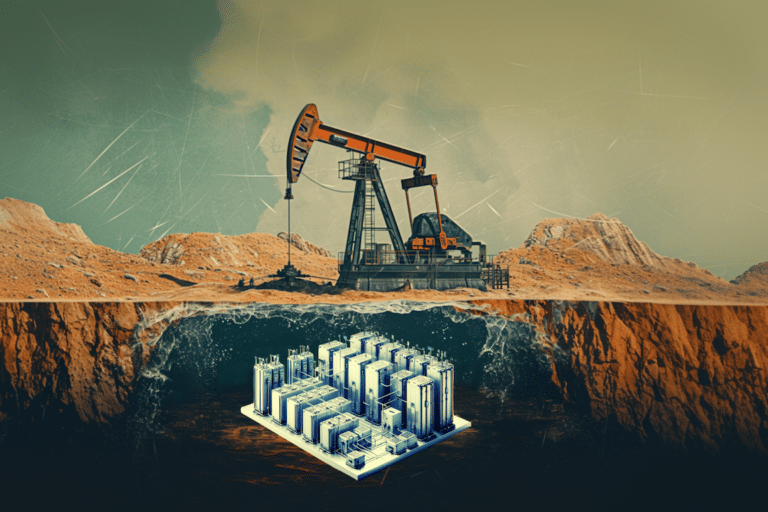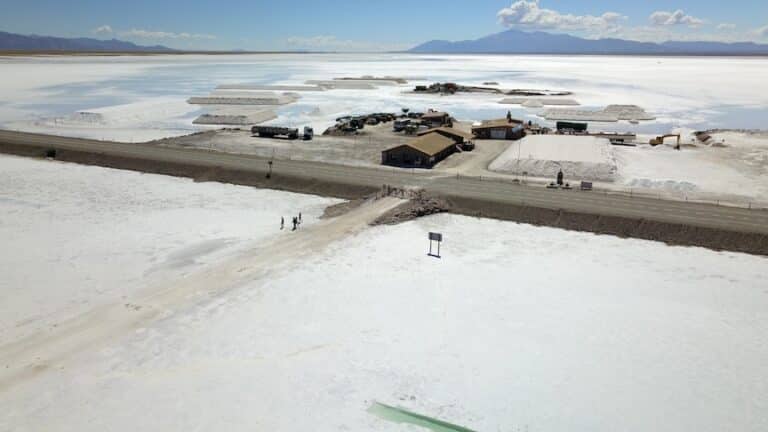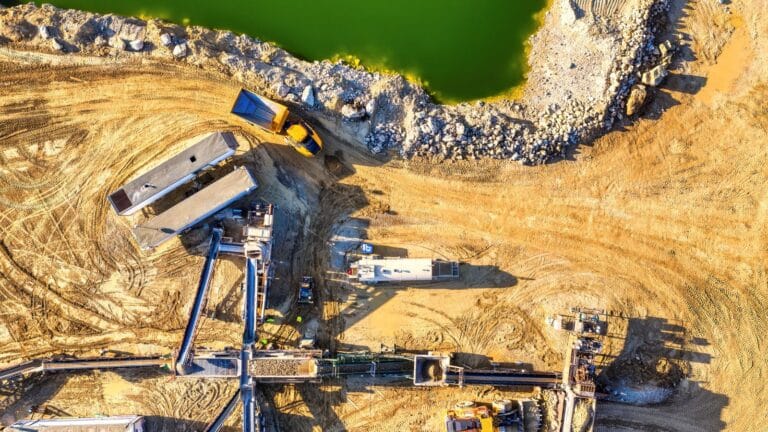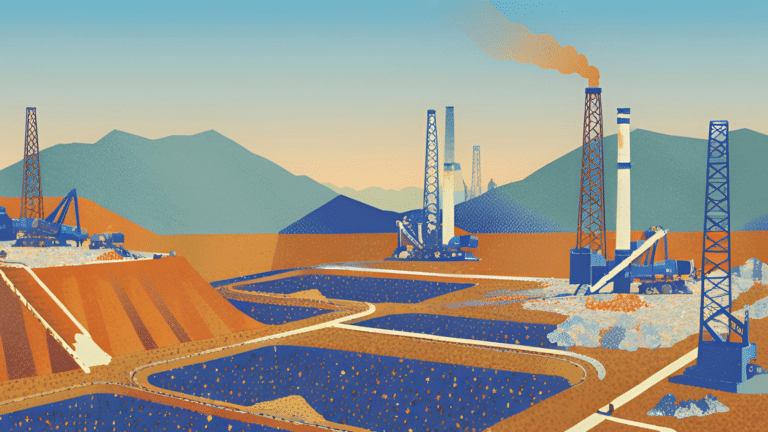This is the fourth episode of a five-part series exploring the lithium-ion battery supply chain. If you haven’t listened to the first three episodes, we recommend you start there.
Season 4, Episode 4
Countries around the globe are racing to meet the growing demand for lithium-ion batteries. But can they compete with China?
China has been the world’s biggest battery manufacturer for over a decade. Chinese companies got in the game early, building an industry from scratch in the 2000s. By 2022, according to the IEA, China manufactured 76% of the world’s batteries.
But that’s changing. Battery factories in the U.S. and around the world are running 24/7 to churn out millions of cells – thanks to growing demand for storage all over the world, and government support for local manufacturing.
In this episode, we’re exploring the rapid buildout of factories to support the battery economy. We’ll tour a lithium-ion battery factory in upstate NY to see how batteries are made at scale. And we ask where a small US factory fits into a global battery market dominated by China.
